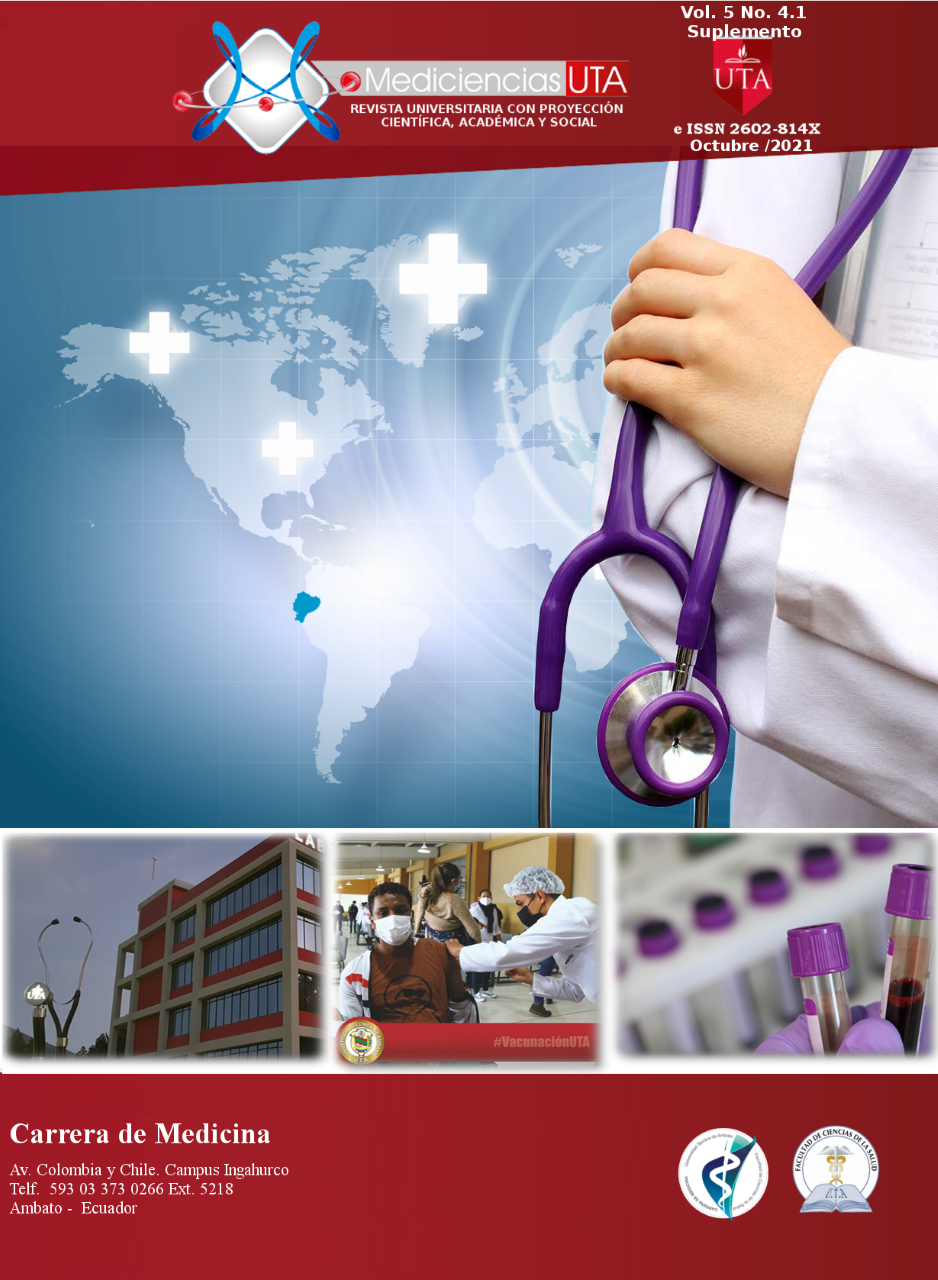Myofascial release in upper cruciate syndrome in administrative personnel
Main Article Content
Abstract
Introduction: Neck pain is one of the most frequent alterations of the musculoskeletal system, sitting in front of a computer for long periods of time and having bad posture, causes alterations such as superior cruciate syndrome due to weakness of the neck flexors, pectoral and sternocleidomastoid that tighten and cause muscular alterations.
Objective: To establish the effectiveness of the application of the myofascial release technique in administrative personnel.
Material and methods: The study has a quantitative quasi-experimental approach and was carried out on 20 employees, men and women between 20 and 50 years of age, with neck pain. Twenty-four sessions of myofascial release were applied for 20 minutes, twice a week, for the statistical analysis the Wilcoxon test and Chi-square test were used, the evaluation was performed using the cervical disability index questionnaire (NDI) and visual pain analog scale (VAS) at the beginning and end of the intervention. The research was approved by the bioethics committee and each participant signed the informed consent and confidentiality agreement.
Results: When applying the cervical myofascial release technique by means of the VAS scale, 5% of moderate pain and 95% of very severe pain were found; after the intervention, 85% corresponded to mild pain and 15% to moderate pain, decreasing severe pain in the patients. With respect to the NDI, 45% had moderate disability, 45% severe disability and 10% complete disability. The final evaluation after the intervention was 65% moderate disability and 35% mild disability, reducing severe disability and complete disability in the workers, which indicates the improvement of the patients after the application of the technique. The cervical myofascial release analysis allowed us to reject the hypothesis at a confidence level of 95% with a significant difference <0.05P =0.001.
Conclusion: The intervention improved cervical disability and decreased pain intensity in administrative staff, improving the quality of life and work of employees.
Key words: myofascial release, upper crossed syndrome, musculoskeletal disorders.



